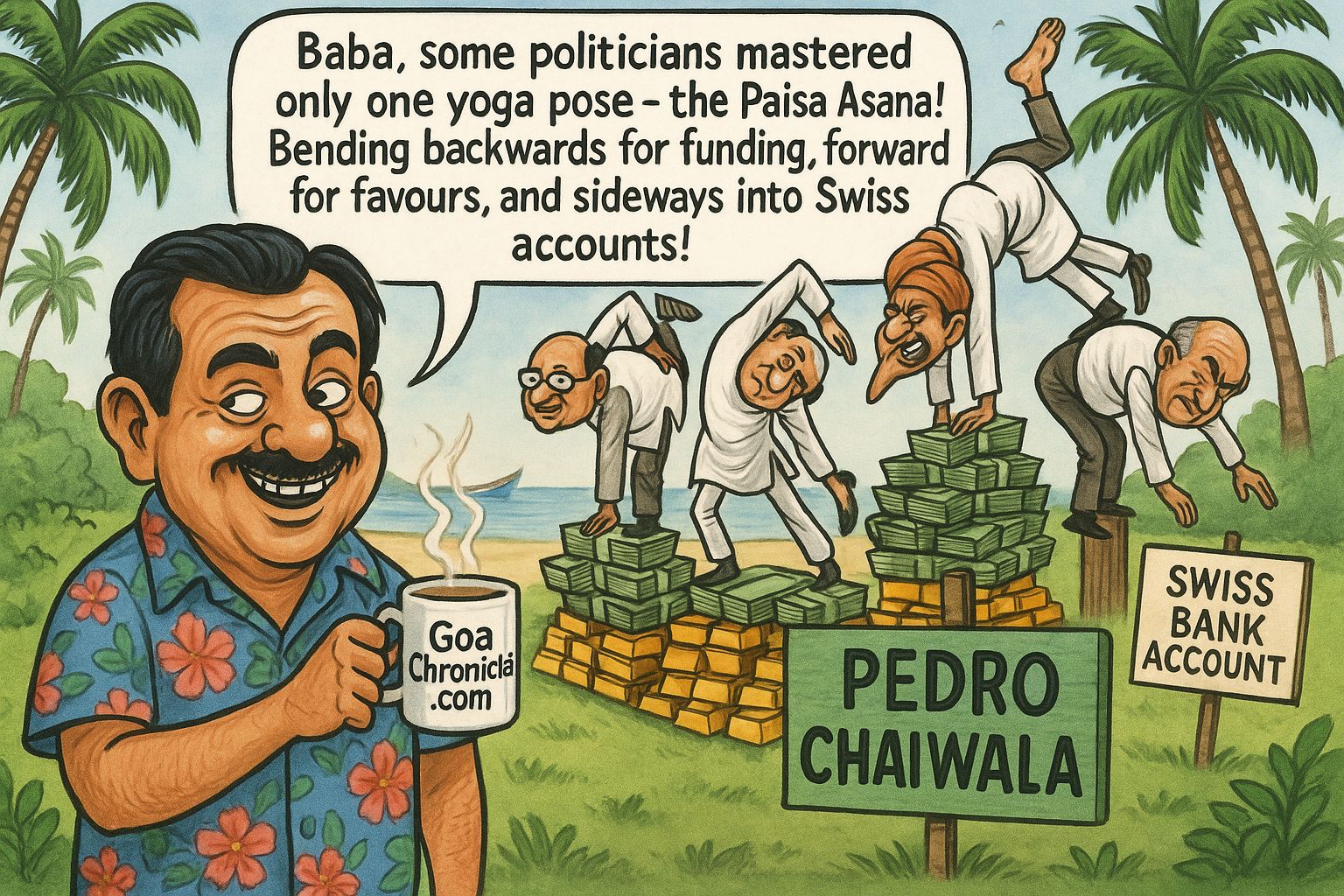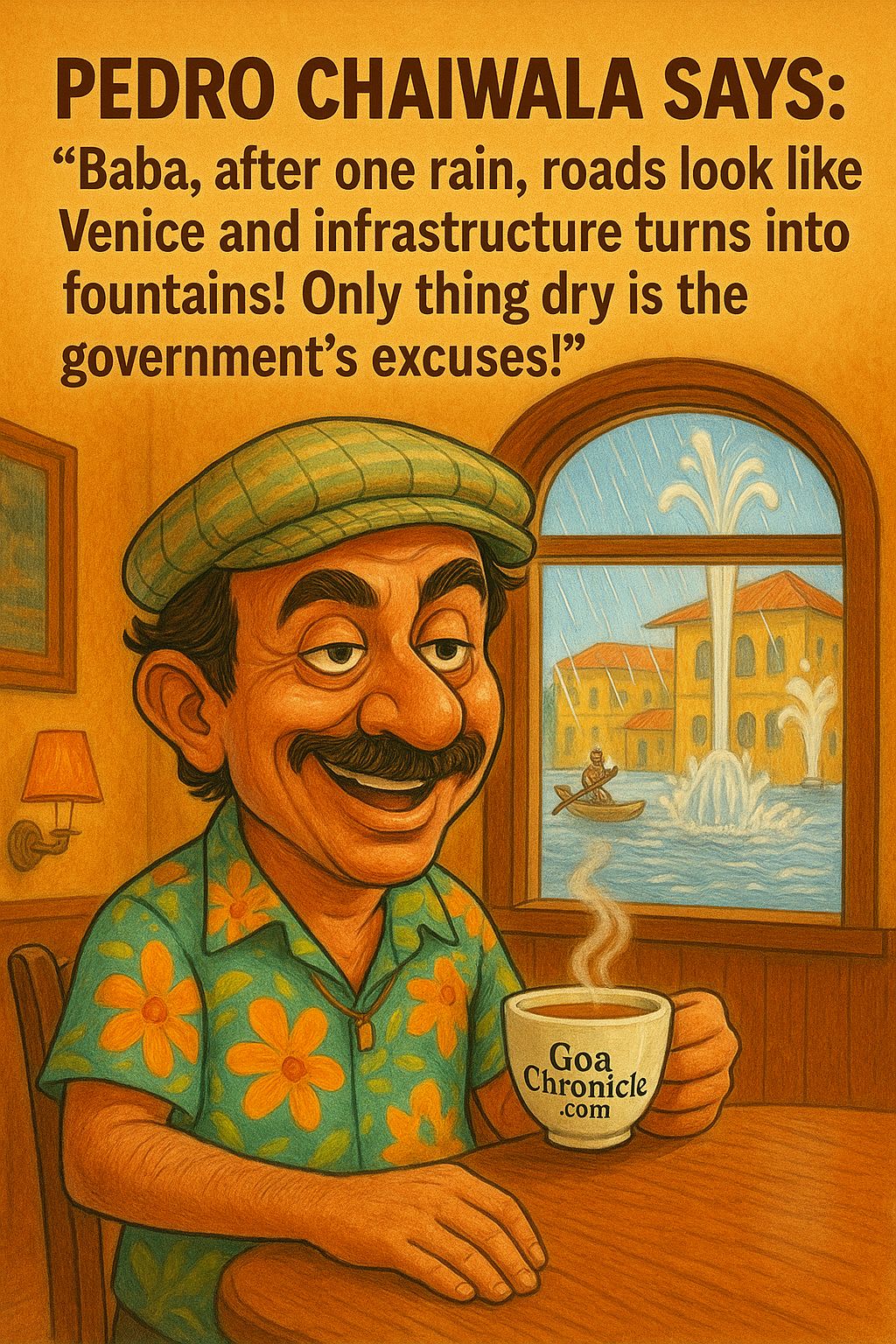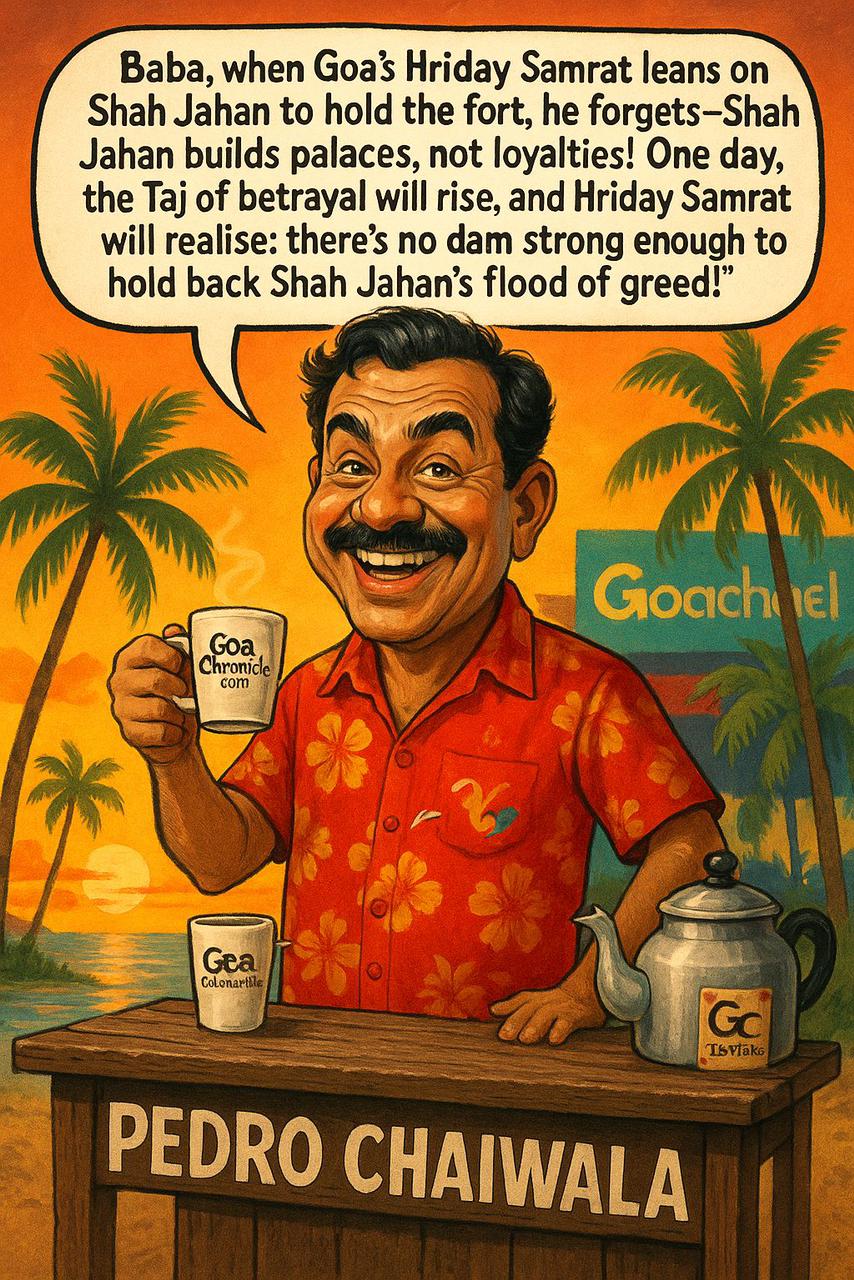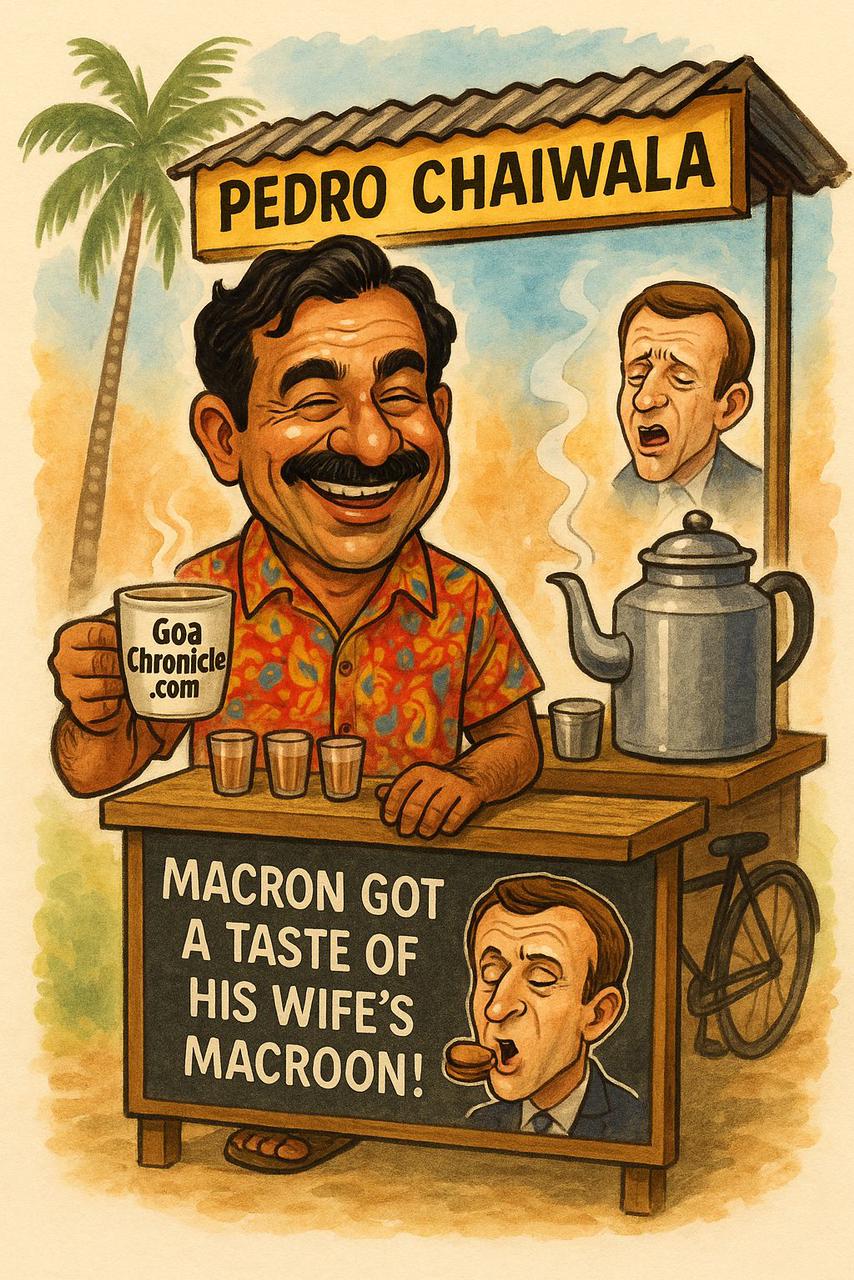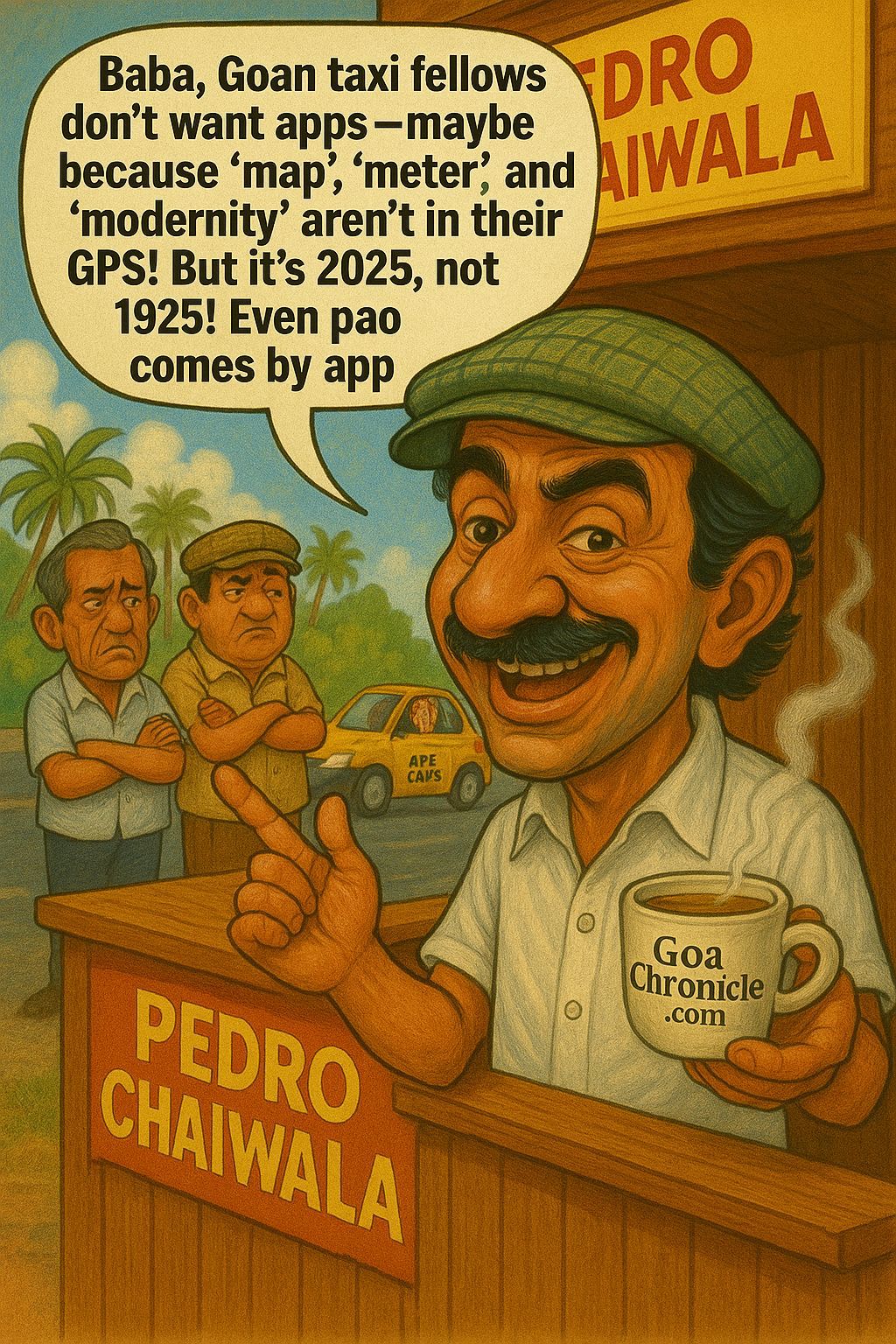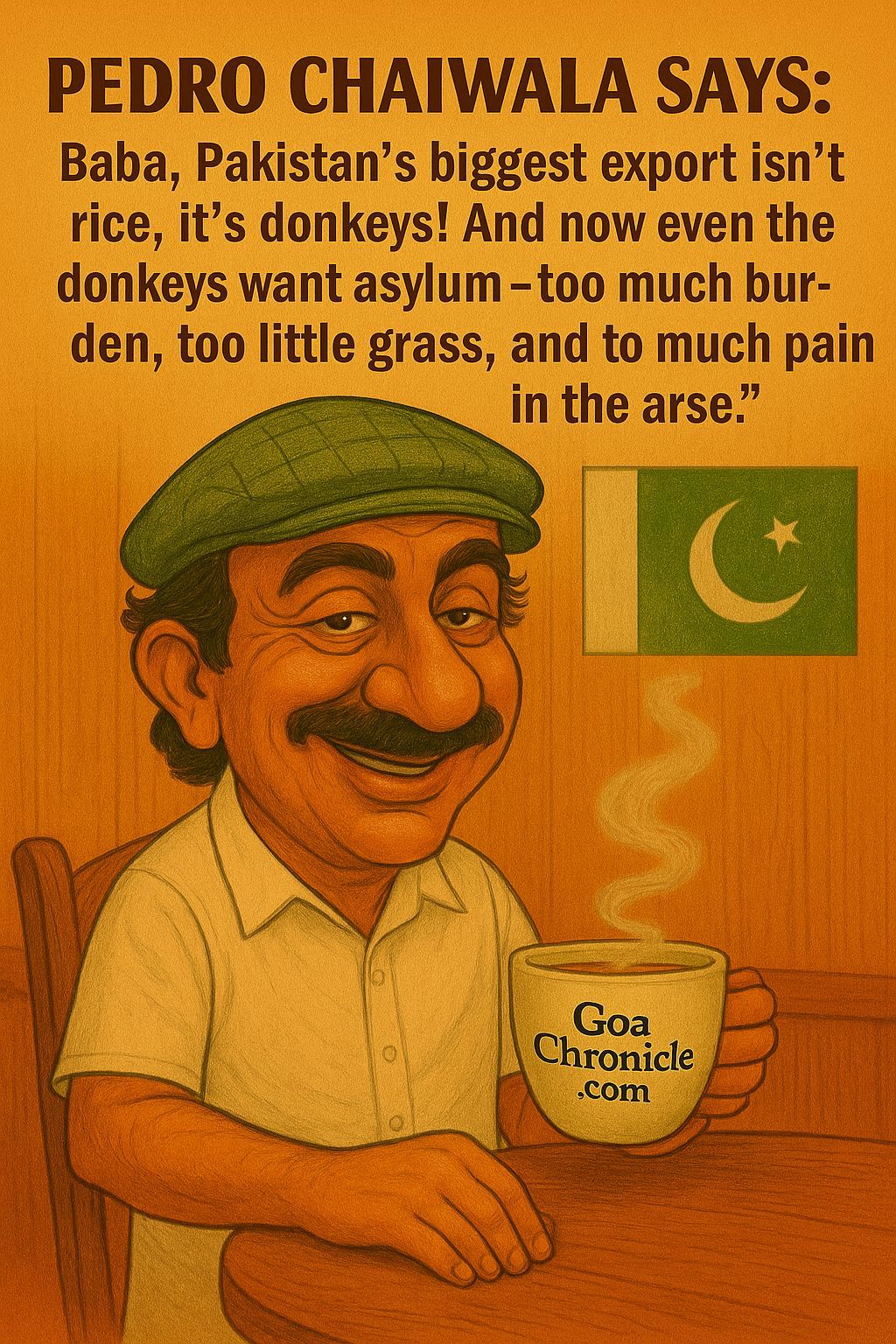The current phase of India–U.S. relations is not one of polite smiles, ceremonial handshakes, or orchestrated trade deals. It is one of candid disagreements, quiet recalibrations, and sharp posturing. With U.S. President Donald Trump adopting an unorthodox style of international engagement—often transactional, sometimes abrasive—Prime Minister Narendra Modi finds himself navigating one of the most complex strategic balancing acts in India’s modern diplomacy.
For Modi, the challenge is not simply about managing ties with Washington; it is about ensuring India’s long-term strategic autonomy while leveraging the partnership with the United States for economic and security gains. To decode this diplomatic balancing, one must turn not to Washington’s playbooks but to India’s own civilizational text: Kautilya’s Arthashastra. Within it lies the Mandala Theory, a timeless guide to statecraft and realpolitik, which Modi is channeling in his engagement with Trump’s America.
The Mandala Theory and Modi’s Strategic Lens
Kautilya articulated that in geopolitics, every state exists in a circle (mandala) of states: your immediate neighbor is a natural adversary, and your neighbor’s neighbor is a potential ally. Expanding this concentric circle of relationships enables a ruler to balance threats, exploit rivalries, and secure autonomy.
Applied to today’s world, Modi is not merely seeing India as a bilateral partner of the U.S.; he is assessing the entire circle of powers—China, Russia, Europe, the Middle East, Japan, and even smaller but strategically relevant states in Africa and Southeast Asia. The U.S. under Trump is both an ally and a challenger—an indispensable partner in technology, defense, and counter-terrorism, yet also a source of friction on trade tariffs, energy policies, and geopolitical expectations.
The Mandala Theory teaches not dependency, but calibrated engagement. Modi is practicing exactly that—drawing benefits from the U.S. relationship while hedging risks by deepening ties with others.
Modi’s Diplomatic Play with Trump
Trump’s America is unapologetically transactional. His philosophy of “America First” often translates into pressuring allies and partners, India included, for favorable trade balances and strategic concessions. This has resulted in friction points:
- Washington’s criticism of India’s energy imports from Russia and Iran.
- U.S. demands for greater market access in Indian agriculture, dairy, and digital commerce.
- Differences over how to approach China—while the U.S. wants India as a frontline partner in its containment strategy, Modi seeks strategic alignment but not subservience.
Here, Modi is employing a three-fold Mandala approach:
- Conciliate where India can—be it defense deals, digital partnerships, or counter-terrorism cooperation.
- Resist where sovereignty is at stake—such as refusing to completely sever ties with Russia or to yield on agricultural trade disputes.
- Diversify by building stronger parallel ties with Europe, Japan, ASEAN, and the Global South, ensuring that India is never cornered.
The genius of Modi’s diplomacy lies in not confronting Trump openly, but in subtly outmaneuvering the transactionalism by widening India’s circle of partners.
China: The Adversary That Shapes the Alliance
Kautilya’s dictum—“the enemy of my enemy is my friend”—rings truer than ever in Modi’s U.S. strategy. Both India and America face the China challenge: Beijing’s assertiveness in the South China Sea, its Belt and Road Initiative (BRI), and its aggressive posturing on the India-China border.
Trump sees India as a counterweight in Asia, but unlike Washington’s expectation of a junior partner, Modi positions India as an equal pole in the Indo-Pacific architecture. He accepts American defense cooperation (from armed drones to joint naval exercises) but maintains independent dialogues with China through BRICS and the Shanghai Cooperation Organisation.
This duality is not contradiction—it is Mandala strategy: working with the U.S. against China when interests converge, and keeping diplomatic channels open with Beijing to avoid encirclement.
Russia: The Time-Tested Ally in the Circle
For Trump, Russia is a geopolitical rival; for Modi, it is a legacy ally. India’s dependence on Russian defense systems and energy supplies cannot be wished away. Trump’s threats of sanctions under CAATSA (Countering America’s Adversaries Through Sanctions Act) directly clashed with India’s purchase of Russia’s S-400 missile systems.
Here Modi applied Kautilya’s principle of dual diplomacy: assure Trump that India values the U.S. partnership, while making it clear that Indian sovereignty cannot be dictated by American sanctions. By simultaneously deepening defense ties with the U.S. (through deals like Apache and Chinook helicopters) and holding firm on Russian cooperation, Modi ensured strategic balance without capitulation.
The Middle East: Expanding the Mandala
Kautilya emphasized leveraging the outer circle of states to counterbalance immediate pressures. Modi has expanded India’s engagement with the Gulf states—UAE, Saudi Arabia, and Israel—turning them into strategic partners in energy, security, and investment.
This balancing act weakens America’s monopoly on India’s foreign policy calculus. While Trump’s erratic Middle East policy made Gulf capitals uneasy, Modi built bridges—receiving the highest civilian honors from the UAE and Saudi Arabia. In effect, he created parallel power centers of support for India, ensuring that Trump’s U.S. is not the sole gatekeeper of strategic leverage.
Economic Mandala: Technology, Trade, and Autonomy
Trump’s insistence on trade reciprocity often clashes with India’s developmental priorities. The U.S. wants greater access to India’s digital economy; India seeks to protect data sovereignty and nurture homegrown champions.
Here, Modi invokes the Matsya Nyaya (law of the fish)—where big fish eat small fish—warning that without protective frameworks, American tech giants could swallow India’s nascent digital economy. Instead, Modi positions India as a digital civilization-state, open to U.S. investment but on terms that preserve autonomy.
At the same time, he uses platforms like QUAD and Indo-Pacific dialogues to attract American investments in critical technologies—AI, semiconductors, and clean energy—turning economic tension into strategic opportunity.
Public Diplomacy: Beyond Leaders’ Egos
One of Narendra Modi’s greatest diplomatic assets is his ability to appeal directly to people, bypassing the rigid filters of political elites and bureaucracies. Unlike many leaders who rely solely on closed-door negotiations, Modi has consistently invested in building bridges with civil society, diaspora communities, and business ecosystems. This ability is particularly significant in managing the often volatile temperament of Donald Trump, who thrives on spectacle, public approval, and the optics of mass support.
The Arthashastra offers a lens to understand this approach. Kautilya speaks of samdhi—alignments and affinities that transcend immediate military or economic transactions. Samdhi rests on cultivating goodwill, forging psychological bonds, and creating conditions where cooperation is seen as natural rather than forced. In this sense, Modi’s outreach to the American people and diaspora becomes an act of Kautilyan statecraft. It builds an emotional capital that cushions the relationship against the turbulence of leadership ego clashes.
Modi’s approach neutralizes Trump’s unpredictability. When Trump raised tariffs on Indian goods or threatened sanctions over defense deals with Russia, Modi did not respond with anger. Instead, he doubled down on public diplomacy—strengthening ties with U.S. lawmakers across party lines, encouraging Indian industry to expand in American states, and nurturing diaspora influence in American politics. The message was clear: India is not dependent on the mood swings of one leader; it is anchored in the goodwill of the American people and institutions.
The Mandala in Action: Strategic Autonomy
Ultimately, Modi’s navigation of U.S. relations under Trump is neither submissive partnership nor hostile resistance. It is strategic autonomy operationalized through the Mandala Theory:
- Inner Circle: Manage adversaries (China, Pakistan) by leveraging alliances.
- Middle Circle: Balance great powers (U.S., Russia, EU) without being trapped.
- Outer Circle: Cultivate new allies (Middle East, Africa, ASEAN) to expand room for maneuver.
By keeping multiple circles active, Modi ensures that no single power—including the U.S.—can dominate India’s strategic destiny.
Kautilya in the White House Era
Trump’s presidency is an era of transactional diplomacy, where even allies are tested. For Modi, it is also an era where Kautilya’s wisdom finds renewed relevance. The Mandala Theory offers India a way to not just survive but thrive amid global flux.
India is not America’s vassal; nor is it Russia’s protégé or China’s rival alone. It is an independent pole—a civilizational state navigating its destiny with ancient wisdom applied to modern geopolitics.
In this unfolding drama between Modi and Trump, the world is witnessing not a clash of egos but a test of statecraft. Modi’s reliance on Kautilya’s principles ensures that India emerges not as a pawn on Washington’s chessboard, but as a player with its own board, its own moves, and its own destiny.









